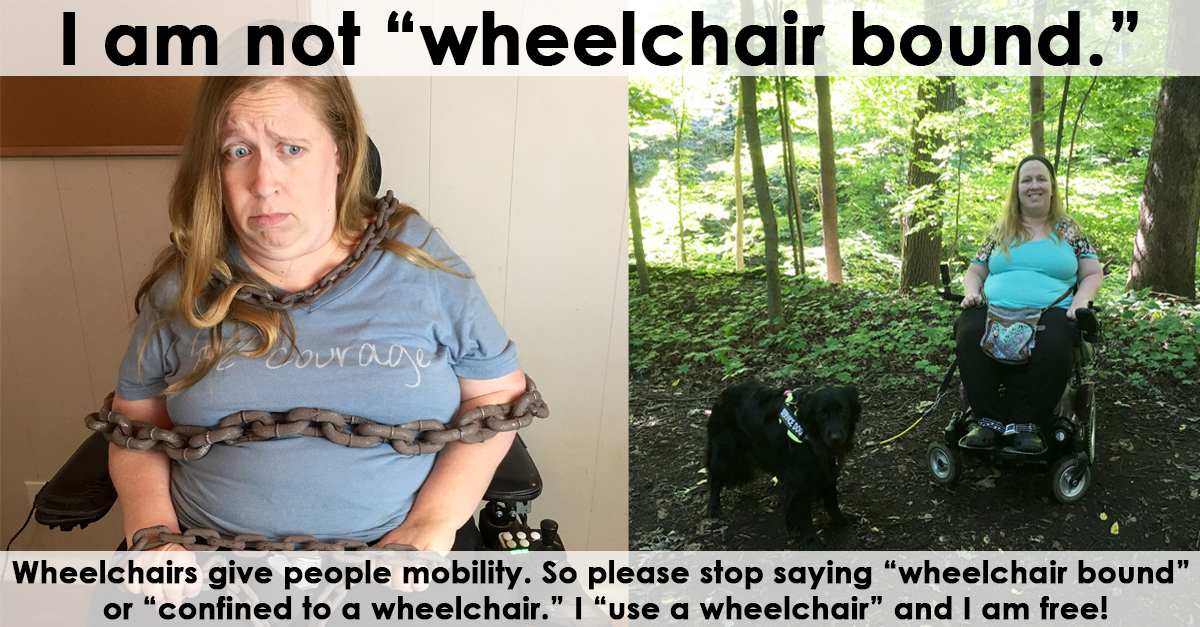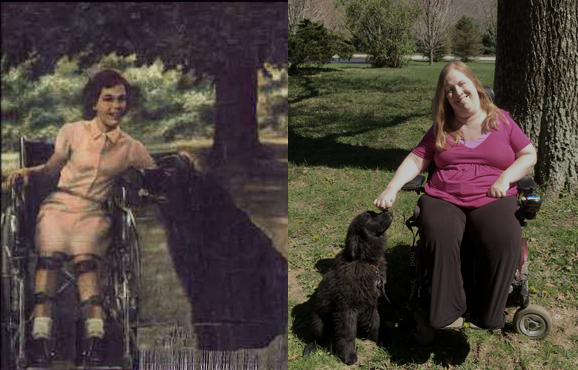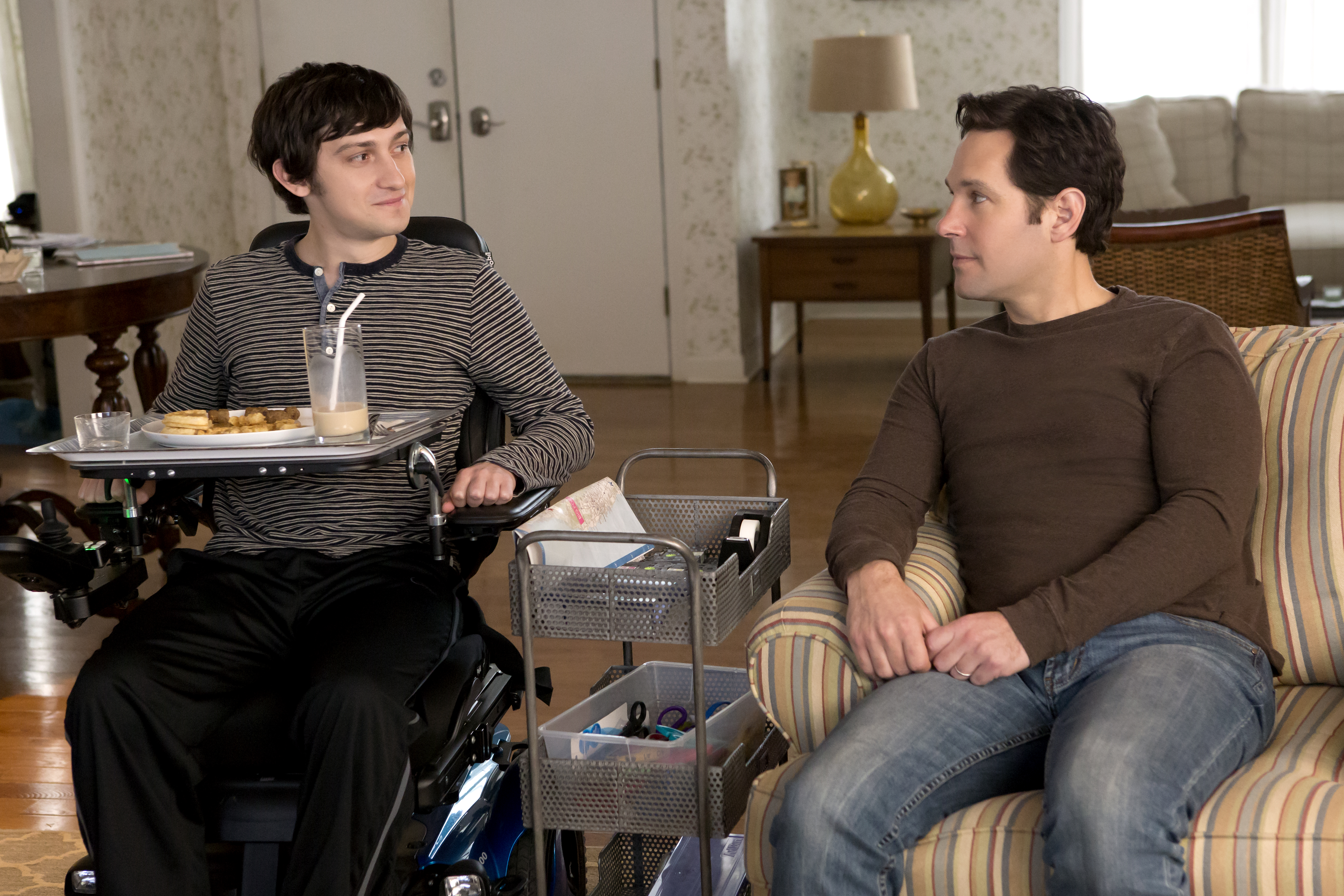A Review of Wheelchair Barbie and Mattel’s Dolls With Disabilities
In 2019, Mattel launched a new line of Barbie dolls with disabilities, including a Barbie who uses a wheelchair and another with a prosthetic leg. Wheelchair Barbie has been an immediate sensation with kids (and adults) with disabilities, who are thrilled to finally have toys that reflect their lives. Wheelchair Barbie is part of the new Fashionistas line of Barbies, which includes a diverse range of body types, races, and ethnic backgrounds. As soon as I heard about these new disabled Barbie dolls, I knew I had to buy and review them.
Several people I know have been confused when they heard the news about a new disabled Barbie doll. They said, “I thought there was already a wheelchair Barbie.” They are correct! Fashionista wheelchair Barbie and her friend with the prosthetic leg are actually the fourth and fifth dolls with disabilities released by Mattel. The first wheelchair Barbie was called “Share a Smile Becky,” and she was released in 1997. I have her in my collection of disability toys, along with the second doll they released, “School Photographer Becky.” There was also a third doll, Paralympic Becky, who wore a Paralympics uniform and had a racing wheelchair.
I was in college when Share a Smile Becky was released, but I bought her anyway and I have treasured her ever since. I grew up in a time when there were almost no dolls with disabilities available. As a child I had only one, a handmade cloth doll with braces and crutches that my parents special ordered for me out of a printed catalog. (Yes, that does make me feel old.) I loved that doll and I still have her, but she didn’t fit in with any of my other toys. I felt sad that none of the major toy companies made dolls or action figures that looked like me. So as an adult, I’ve made a point of collecting disability-inclusive toys. I want companies to know how much people with disabilities appreciate these toys, and that inclusion is both socially important and financially profitable.
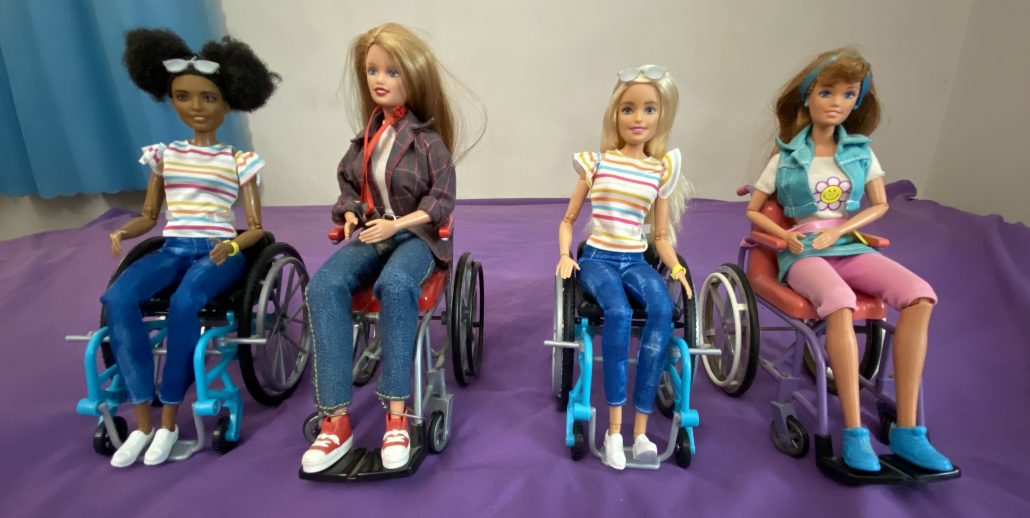
I’ve had many people ask me to review the new wheelchair Barbies, and share what I think of them and how they compare to the originals. So whether you are a kid, a parent, or an adult like me who still plays with dolls and isn’t ashamed, I hope you enjoy this comprehensive review and comparison of Wheelchair Becky and Barbie.
This post includes affiliate links to places where you can buy these Barbies, and I will get a small commission at no additional cost to you.
1997 Becky Wheelchair Dolls

These are two of the three Becky dolls released in the late 1990s. There’s so much to love about these dolls. They are both very detailed and include accessories. I particularly like School Photographer Becky’s camera and the backpack on her wheelchair. They help show that she is capable and more than just the girl in the wheelchair.
The wheelchairs are well-designed and realistic. They include push rims on the wheels and all four wheels turn freely. The glittery wheels and the colorful frames and upholstery on the wheelchairs are cheerful and not hospital-like. Some people have commented that the Becky doll wheelchairs are more old-fashioned. However, they are typical of the lightweight, everyday use folding wheelchairs children and teenagers with disabilities used at the time. In fact, I had a very similar wheelchair as a kid. Not every manual wheelchair user can tolerate a very low back support, and kids often need push handles so someone can help them get around.
My only real criticisms of Becky then and now are lack of diversity and limited availability. To the best of my knowledge, Becky was only ever available as a Caucasian doll, so black, Asian, Native American, and Hispanic kids did not have any options to get a doll that represented them. Although Becky was extremely popular and repeatedly sold out, she was only available for a short time. Apparently, the Barbie dream house was not accessible, and rather than figure out a solution to the problem, they opted to cancel the Becky line of dolls. I’m glad Mattel has chosen to be inclusive once again, but it took them over 20 years.
If you want to buy one of the old-school wheelchair Barbies, they sell for around $30 to $50 on eBay and from Amazon sellers.
2019 Wheelchair Barbie Dolls
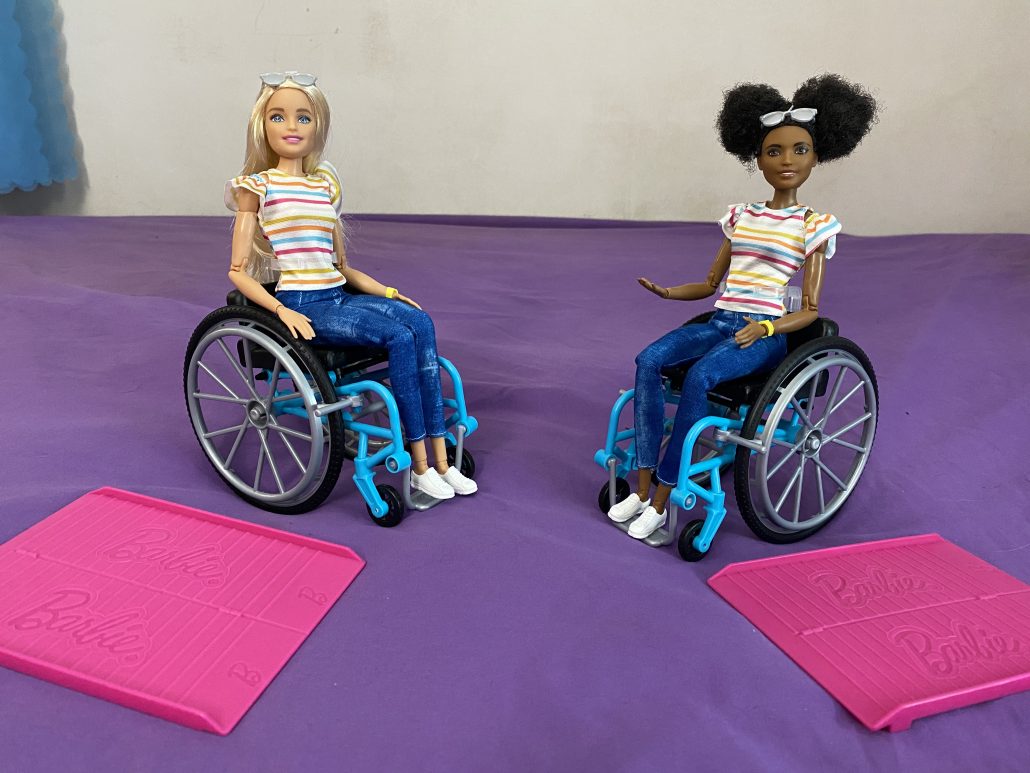
Now let’s look at the new wheelchair Barbie. She is currently available as a Caucasian doll or Black doll; they are identical except for skin color and hair style. They are both very cute and their outfit is a rainbow striped top with distressed jeans and white sneakers. She comes with a ramp which gives her access to the Barbie Dream House — yay!
Wheelchair Barbie of 2019 has an upgraded wheelchair. Her new wheelchair is typical of the high-end, ultralight manual wheelchairs used and preferred by disabled people with good upper body strength, such as individuals with spinal cord injuries, spina bifida, diplegia cerebral palsy etc. It is compact with a low back, rigid frame and simple but adjustable footrest. I was particularly impressed by the working brakes. If you lock them in place, the wheels won’t turn.
Unfortunately, the designers did miss an important detail. The front caster forks on the wheelchair do not swivel, and are fixed in the wrong direction, as they would be if the wheelchair user was moving backwards. This is in contrast to the Becky doll’s wheelchair, which has fully functioning front casters. For this reason, I feel the original Becky wheelchair is slightly better than the new one.
Although wheelchair Barbie is part of the Fashionistas line of dolls, I was disappointed to discover that she isn’t interchangeable with the other dolls in her line. They don’t have bending knees, so they can’t sit in her wheelchair. This means if you or your child don’t feel represented by the two dolls currently available in wheelchairs, you can’t pick up a different Fashionista.
However, all is not lost. I discovered that wheelchair Barbie is the same body type as Made to Move Barbie, a more poseable line of Barbies. Made to Move Barbies have many more joints and therefore they can fit in the wheelchair. Like the Fashionista line, Made to Move Barbie comes in a variety of races/ethnicity options, so if you’re looking for, say, an Asian Barbie to better represent your child, you can switch the dolls and they’ll work just fine. Barbies from the Signature line also have knee joints and can sit in the wheelchairs, as do random dolls from other Barbie lines. When shopping online, just zoom in and check for visible knee joints.
Looking for a way to create wheelchair Ken? So far I haven’t found any of the new Ken dolls with bendable knees. If you do, let me know!
2019 Amputee Barbie
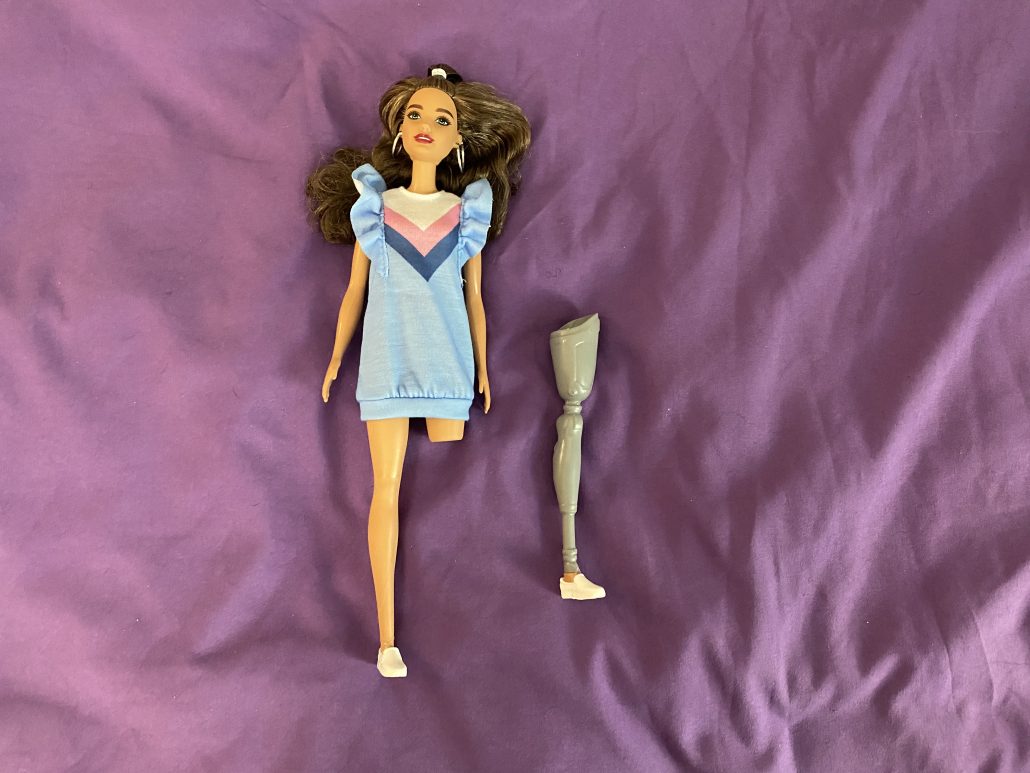
I also purchased the Barbie doll who is an amputee and has a prosthetic leg. She appears to be Hispanic/Latina, or could perhaps be Native American, and I appreciate that she represents yet another dimension of diversity for kids with disabilities. Her prosthetic leg is removable, which children with limb differences and their parents requested. She wears a cute, short dress with ruffled sleeves and doesn’t try to hide her prosthetic limb, which makes her a great role model for body positivity.
However, this Barbie has one serious flaw — her knees do not bend. To be fair, her non-prosthetic leg does not bend either, but if you were going to make a doll with a prosthetic, wouldn’t you want both of the legs to be jointed? In addition, her leg is a very dull gray color. Wouldn’t stylish Barbie have something more attractive, perhaps decorated with art and stickers? Of course it’s not unusual for prosthetic limbs to be made of silver metal, but the leg still isn’t realistic or detailed enough.
How Mattel Could Improve Their Barbies With Disabilities

The three new Barbie dolls are a wonderful starting point for inclusion. I highly recommend all of them and I believe we should purchase them to show Mattel that people with disabilities want toys that look like us. But here are some ways Mattel’s line of disability Barbie dolls could be improved:
- Include a greater diversity of disabilities. I’d like them to offer a blind Barbie doll with a cane and guide dog, a doll with hearing aids, and dolls that wear braces and use canes, crutches, and walkers. Insulin pumps, feeding tubes, and ostomy bags should be available. I would also like to see autism and neurodiversity represented.
- More colors and styles of wheelchairs. I’d like to see the manual chair come in at least one more color, plus a power wheelchair in a couple of colors. Also, they need to fix the front casters problem.
- More body types. Wheelchair Barbie is the same body as Made to Move Barbie, which comes in many ethnicities, but few of them are available in the Curvy size. Many wheelchair users are not thin, and we would like to see ourselves represented by Barbie too. There should also be Ken dolls with disabilities!
- Disabled Barbies with careers. Right now wheelchair Barbie is just wheelchair Barbie. Like Becky the photographer before her, I want to see her doing something besides having a disability. Give us teacher Barbie in a wheelchair, veterinarian Barbie with hearing aids, podcaster Barbie who is blind. Show kids of all abilities that people with disabilities can dream big and succeed in life just like everyone else.
What else should Mattel add to its line of disability Barbies? Share your thoughts in the comments below.
16,345 , 3
Last update on 2025-07-03 / Affiliate links / Images from Amazon Product Advertising API

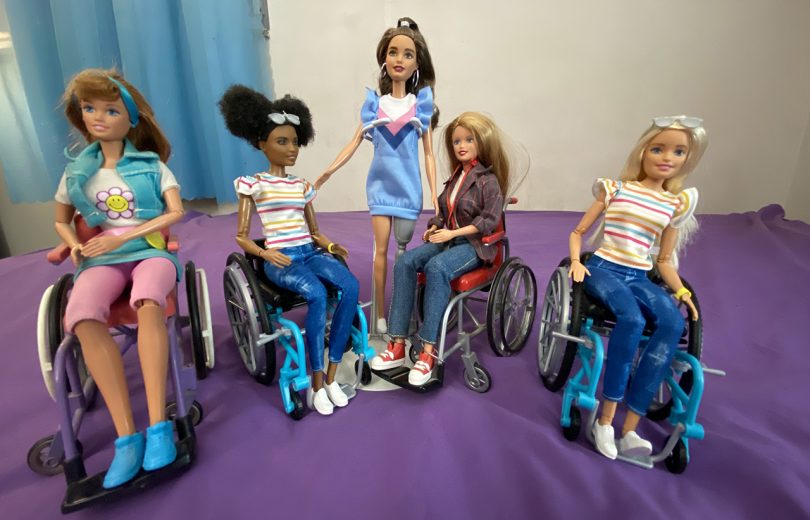
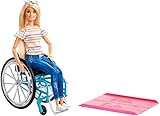


![Barbie Newborn Pups Doll & Pets [Amazon Exclusive]](https://m.media-amazon.com/images/I/41nNrhfIkvL._SL160_.jpg)




